Dirección
304 North Cardinal St.
Dorchester Center, MA 02124
Horas laborales
Lunes a viernes: 7:00 a. M. - 7:00 p. M.
Fin de semana: 10 a. M. - 5 p. M.
Dirección
304 North Cardinal St.
Dorchester Center, MA 02124
Horas laborales
Lunes a viernes: 7:00 a. M. - 7:00 p. M.
Fin de semana: 10 a. M. - 5 p. M.

When it comes to choosing the right operating table for your medical facility, the decision can be overwhelming. With various types available, each designed for specific surgical procedures and patient needs, making an informed choice is crucial. In this buyer's guide, we will delve into the different types of operating tables, their key features, and what you should consider when making your selection. Our goal is to help you make an informed decision that ensures the best outcomes for both patients and healthcare providers.
When it comes to choosing the right operating table for your medical facility, the decision can be overwhelming. With various types available, each designed for specific surgical procedures and patient needs, making an informed choice is crucial. In this buyer’s guide, we will delve into the different types of operating tables, their key features, and what you should consider when making your selection. Our goal is to help you make an informed decision that ensures the best outcomes for both patients and healthcare providers.
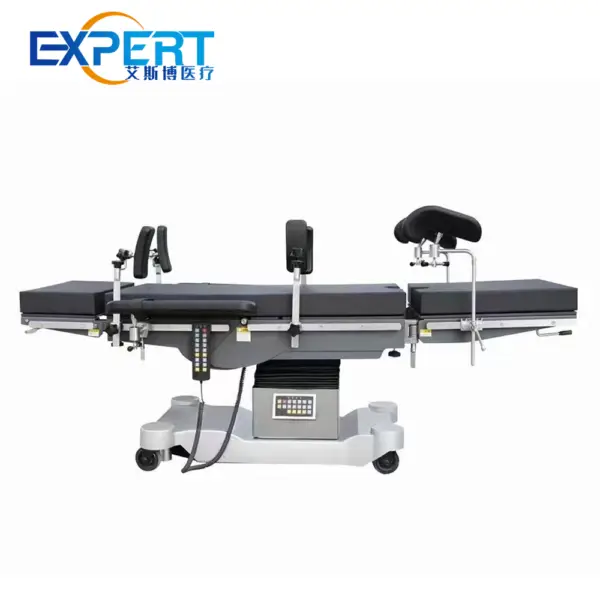
Operating tables are a fundamental component of any surgical suite. They provide the necessary support for patients during various surgical procedures, ensuring stability, accessibility, and comfort. Understanding the different types of operating tables available on the market is essential for selecting the right one for your facility’s specific needs. In this guide, we will explore the various types of operating tables, their features, and their applications.
General surgery tables are the most versatile and commonly used operating tables in hospitals and surgical centers. They are designed to accommodate a wide range of surgical procedures, from minor outpatient surgeries to major invasive operations. Key features of general surgery tables include:
Orthopedic tables are specifically designed for orthopedic surgeries, including joint replacements, fracture repairs, and spinal surgeries. These tables offer unique features to support the precise requirements of orthopedic procedures, such as:
Neurosurgery tables are tailored for delicate and complex brain and spinal surgeries. These tables prioritize precision, stability, and patient safety, featuring:
Cardiovascular tables are designed to support cardiac and vascular surgeries, which often require detailed imaging and precise positioning. Key features include:
Specialty operating tables cater to specific surgical needs that general tables cannot accommodate. These include tables for urology, ophthalmology, and bariatric surgeries, each with features designed for their particular applications:


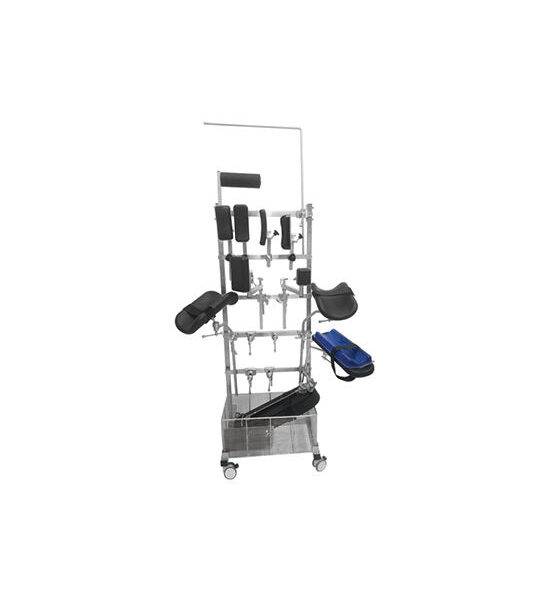

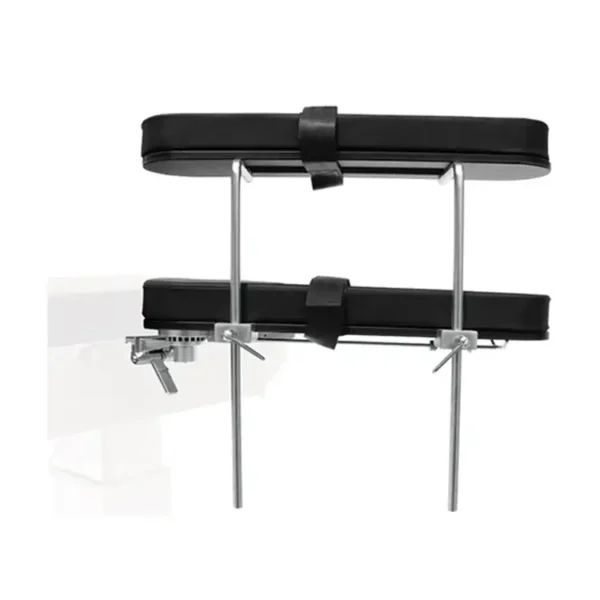


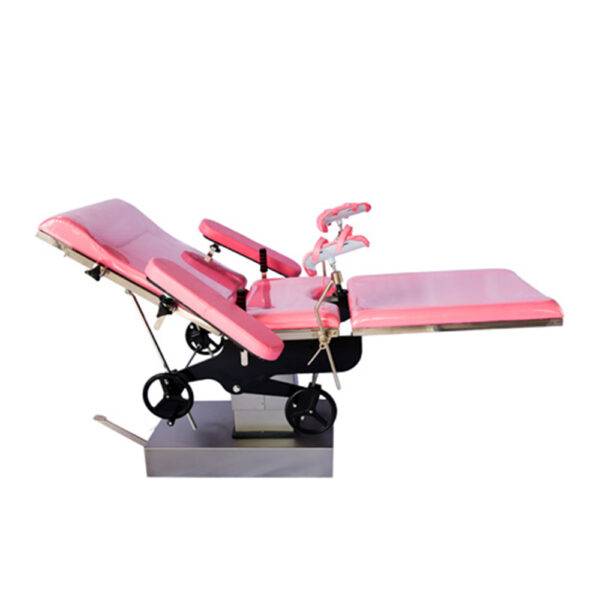
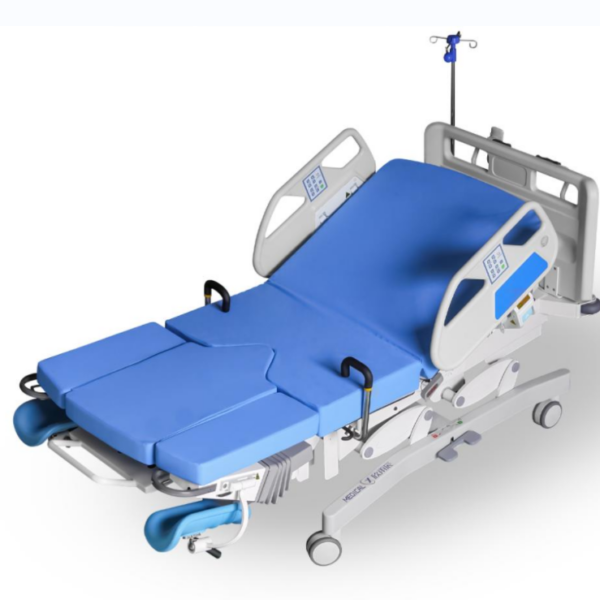
When selecting the right operating table for your facility, several factors should be considered:
Ensuring patient safety and comfort is paramount. Look for tables with:
The operating table should allow for easy access and maneuverability for the surgical team. Features to consider include:
Many modern surgical procedures require real-time imaging. Ensure the table is compatible with:
Investing in a durable, low-maintenance table can save time and money in the long run. Consider tables with:
While high-quality operating tables can be a significant investment, balancing cost with the features and benefits they offer is crucial. Consider:
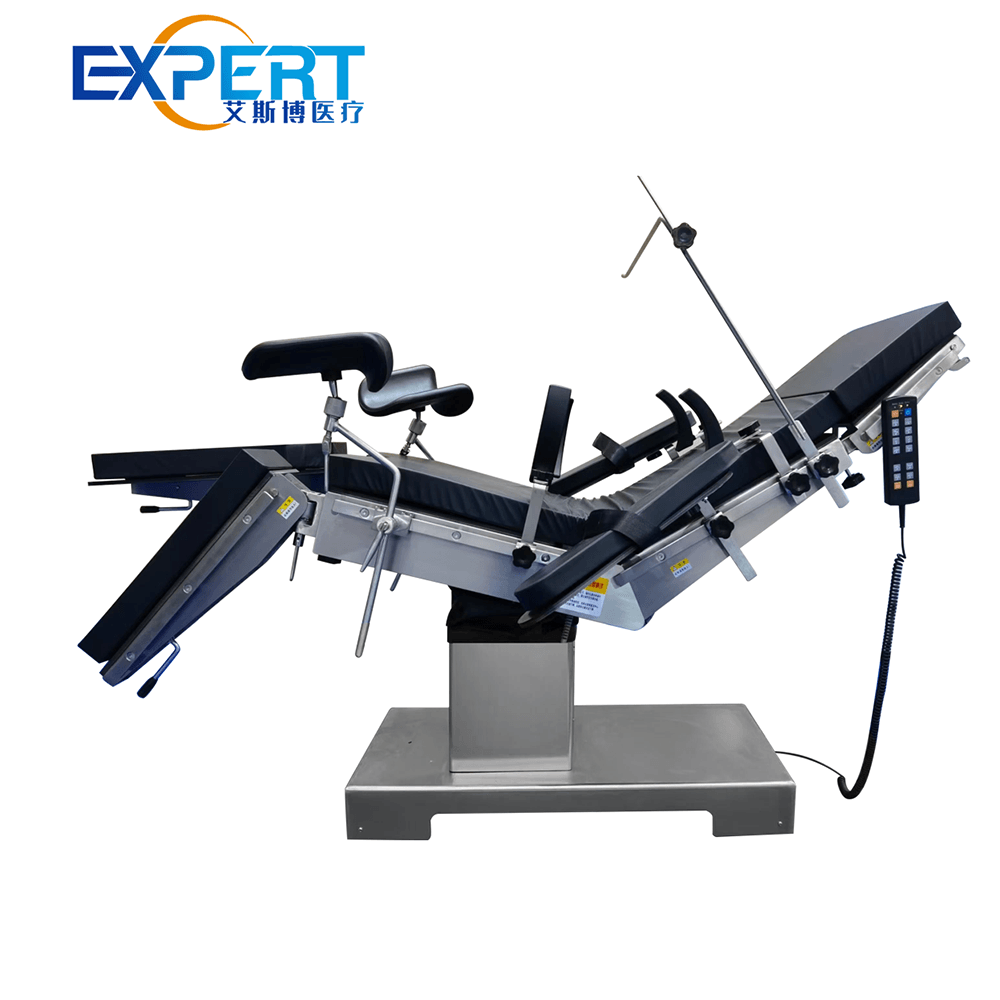
Below is a comparative table summarizing the key features of different types of operating tables:
| Type of Operating Table | Características clave | Mejor para | Compatibilidad de imágenes | Average Price Range |
|---|---|---|---|---|
| Mesas de Cirugía General | Adjustable height and tilt, modular design | Cirugías generales | Radiolucent surfaces | $20,000 – $50,000 |
| Mesas ortopédicas | Traction attachments, enhanced stability | Orthopedic surgeries | Radiolucent tops | $40,000 – $70,000 |
| Mesas de neurocirugía | Precise headrest, motorized adjustments | Neurosurgeries | Integrated imaging compatibility | $50,000 – $90,000 |
| Tablas cardiovasculares | Fluoroscopy compatibility, versatile positioning | Cardiovascular surgeries | Radiolucent materials | $60,000 – $100,000 |
| Specialty Tables | Custom features for specific surgeries | Urology, ophthalmology, bariatric | Varies by type | $30,000 – $80,000 |
Choosing the right operating table is a critical decision that impacts the efficiency and success of surgical procedures. By understanding the different types of operating tables available and their specific features, you can make an informed choice that aligns with your facility’s needs and budget. Consider patient safety, surgical team accessibility, imaging compatibility, durability, and cost when evaluating your options. Investing in the right operating table ensures better patient outcomes and a more efficient surgical environment.
General surgery tables are the most versatile, designed to accommodate a wide range of surgical procedures.
Imaging compatibility is crucial, especially for procedures that require real-time imaging. Tables with radiolucent surfaces and integrated imaging attachments are ideal.
Yes, many operating tables offer modular designs and attachments that can be customized for specific surgical needs, such as orthopedic or neurosurgery.
Key factors for patient safety include padded surfaces, secure restraints, and easy-to-clean materials to prevent infections.
Yes, many suppliers offer financing or leasing options to help manage the cost of high-quality operating tables.
By considering these aspects and understanding the types of operating tables available, you can make a well-informed decision that enhances the surgical capabilities of your medical facility.